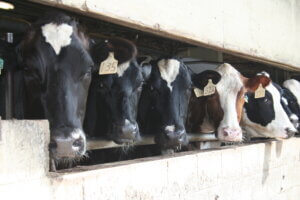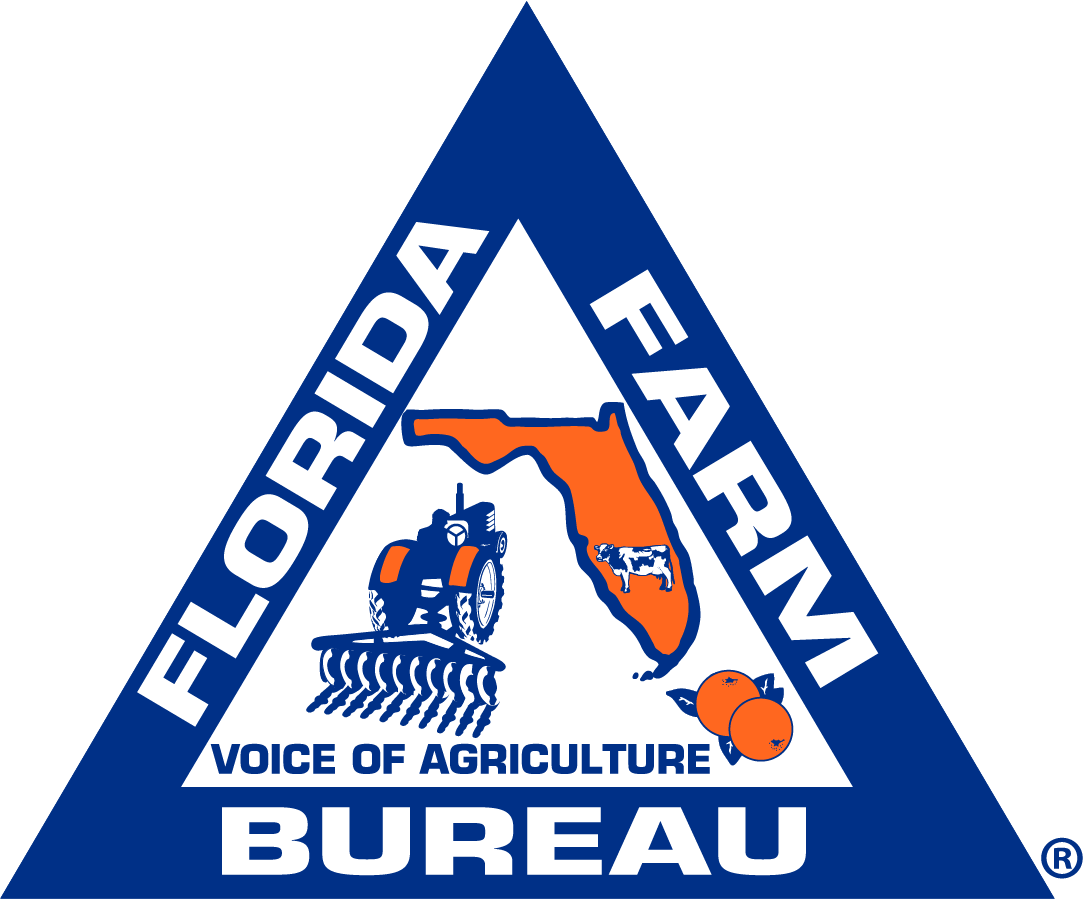August 2024 FloridAgriculture eNewsletter
 On July 1, 2024, the U.S. Department of Agriculture announced their recommended decision to amend the 11 Federal Milk Marketing Orders across the U.S. Included in the proposed changes are some top priorities for Florida Farm Bureau, such as reverting to the ‘Higher-of’ formula for fluid milk pricing (utilizing the higher monthly price of either cdheese or milk powder, vs. the current formula utilizing the average of these products plus a $.74 adjustment), and increasing location differentials (a portion of the milk price formula that varies based on where the milk is being bottled).
On July 1, 2024, the U.S. Department of Agriculture announced their recommended decision to amend the 11 Federal Milk Marketing Orders across the U.S. Included in the proposed changes are some top priorities for Florida Farm Bureau, such as reverting to the ‘Higher-of’ formula for fluid milk pricing (utilizing the higher monthly price of either cdheese or milk powder, vs. the current formula utilizing the average of these products plus a $.74 adjustment), and increasing location differentials (a portion of the milk price formula that varies based on where the milk is being bottled).
The change to the ‘Average-of’ pricing formula was enacted in the 2018 Farm Bill and has cost the U.S. dairy industry over $1 Billion since that time. Florida Farm Bureau members and staff attended the American Farm Bureau Federal Milk Marketing Order Forum in August 2022 to represent the interests of Florida dairies, and since that time have advocated for these changes in Congress and during a 49-day national USDA hearing on these issues in Carmel, IN.
While the Recommended Decision does not contain every update that FFBF has sought, the proposed changes should be beneficial to Florida dairies. The Recommended Decision is followed by a 60-day comment period for stakeholders, after which USDA will have 60 additional days to issue a final rule. FFBF continues to engage with our state’s dairy farmers to ensure we are able to provide comments that encompass the breadth of input from the industry.

